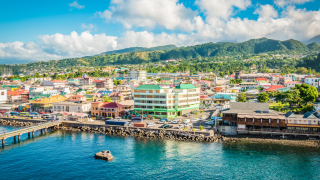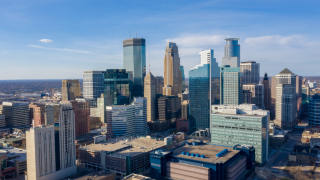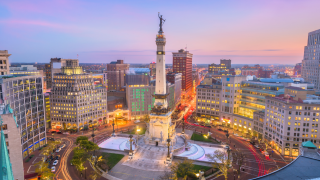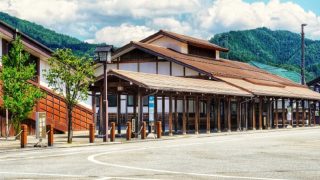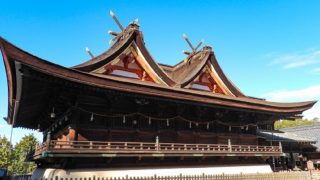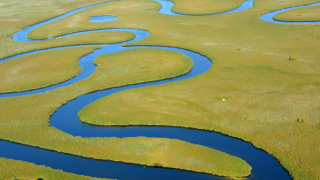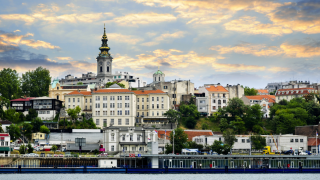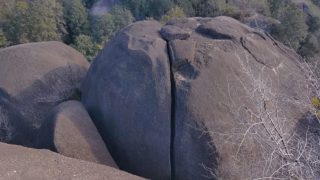 CONTENT
CONTENT Demon Slayer Pilgrimage Spot “Rengeiwa” in Gifu The Overwhelming Power of Oni no Ittōiwa
Located in Mizunami City, Gifu, Rengeiwa is a giant split rock often called “Oni no Ittōiwa”. With its dramatic crack, it looks as though it was cleaved by a blade. Fans of Demon Slayer are drawn here because the rock resembles the one cut by the protagonist during training, making it a symbolic pilgrimage spot that unites fiction and reality.

